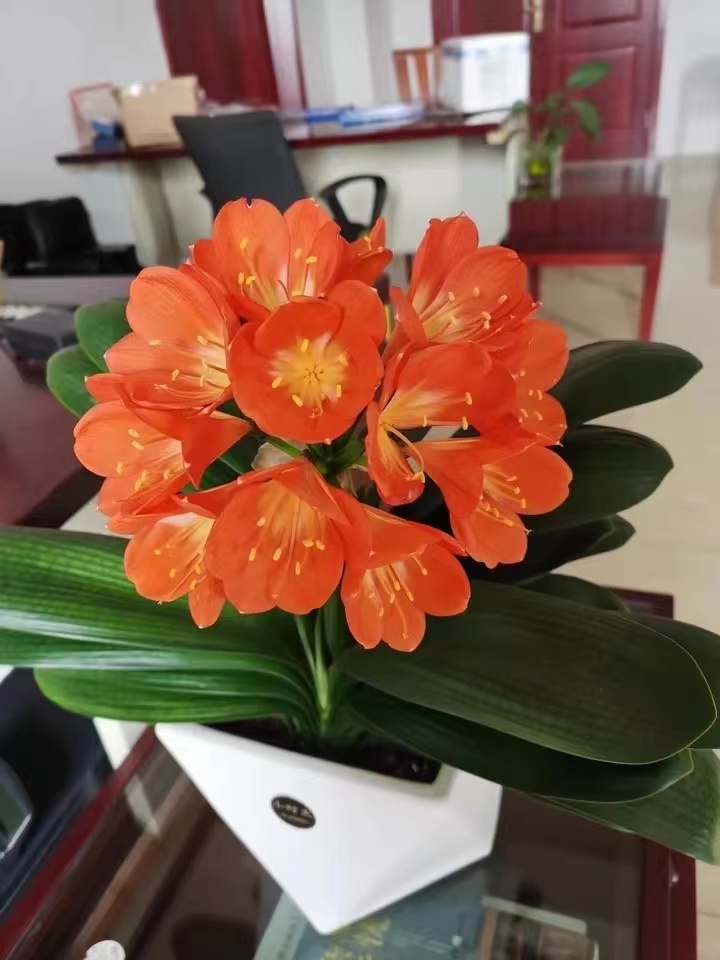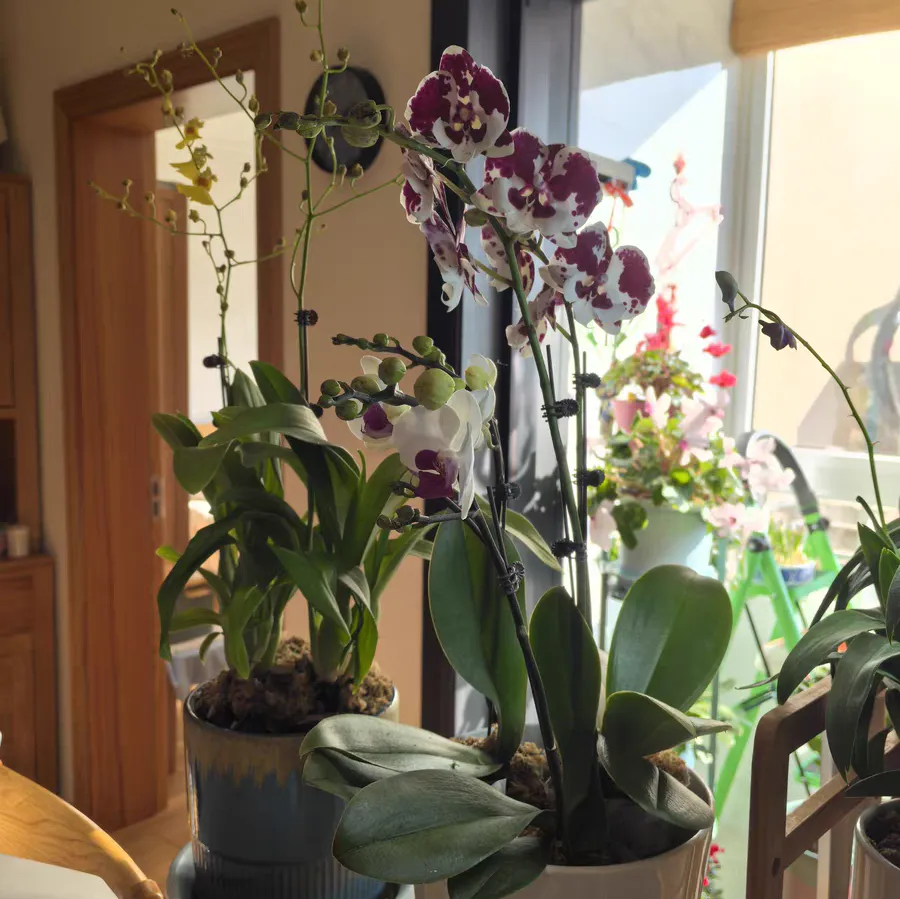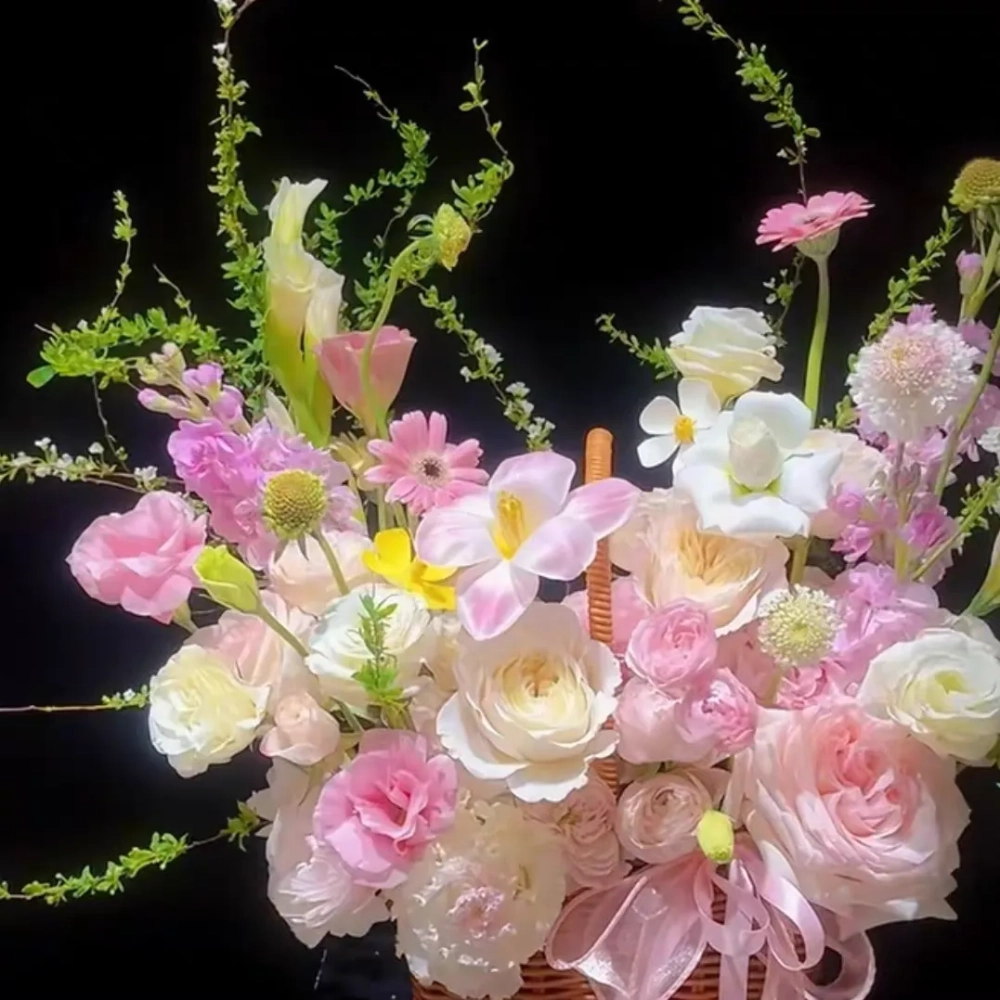The flowering period of Clivia is relatively short. How to make it continue to bloom for a longer time after blooming has become a concern of many flower lovers. This article will elaborate in detail on how to prolong the flowering period of Clivia from two aspects: special treatment and daily maintenance.
Pinching treatment
After Clivia blooms, timely pinching treatment is one of the important means to prolong the flowering period. Using small scissors to gently cut off the stamens in the flowers can not only promote flower fertilization and seed production, but also slow down the metabolic rate of the flowers and help prolong the flowering period. When pinching, avoid damaging other healthy parts to avoid affecting the overall growth of the plant.
Shading treatment
Clivia after blooming needs appropriate shading treatment. Move it to a darker place and give it 3-4 hours of light every day. Reducing light can slow down the withering speed of flowers and prolong the flowering period. It should be noted that although light should be reduced, it should also be avoided to be in a completely dark environment for a long time to avoid affecting the health of the plant.
Temperature control
Appropriate temperature is crucial for prolonging the flowering period of Clivia. Clivia likes a warm and humid environment, but after blooming, high temperature and excessive temperature difference changes should be avoided. The indoor temperature is best controlled between 15℃ and 25℃, and the night temperature can be appropriately reduced to about 10℃. This can reduce the metabolic activity of flowers and help prolong the flowering period.
Daily maintenance
Watering is an important link in the maintenance of Clivia. During the flowering period, the watering amount and frequency should be controlled to keep the potting soil slightly moist but not waterlogged. Each watering should be thorough to avoid direct watering on the flowers causing rot. A watering can can be used to spray water on the leaves to increase air humidity, but avoid spraying water mist on the flowers.
Although Clivia needs nutrient support during the flowering period, fertilization should be moderate and targeted. Before blooming, phosphorus and potassium fertilizers should be applied to promote flower bud differentiation; after blooming, the amount of fertilization can be appropriately reduced or fertilization can be stopped to avoid accelerating flower aging. If fertilization is needed, thin liquid fertilizer or slow-release fertilizer can be selected, and the principle of "applying thin fertilizer frequently" should be followed.
Regularly changing the soil for Clivia is the key to maintaining its healthy growth. After blooming, the plant can be pruned when changing the soil, cutting off weak and sick branches, overcrowded branches and yellow and withered leaves to maintain the ventilation and light transmission of the plant. When changing the soil, loose, breathable, and well-drained slightly acidic soil should be selected, and an appropriate amount of decomposed organic fertilizer should be mixed in as the base fertilizer.
Pest control is an important guarantee for prolonging the flowering period of Clivia. In daily maintenance, the growth of the plant should be checked regularly. Once signs of pests and diseases are found, measures should be taken in time for treatment. Biological pesticides or chemical pesticides can be selected for prevention and control, but attention should be paid to the usage method and dosage to avoid damage to the plant.
Through the comprehensive application of special treatment and daily maintenance measures, the flowering period of Clivia can be effectively prolonged. It should be noted that the growth state of Clivia may be different under different environments and conditions. Therefore, in actual operation, the maintenance method should be adjusted flexibly according to the specific situation.
How to prolong the flowering period of Clivia after it blooms?

Share with
Tagged in :




Leave a Reply